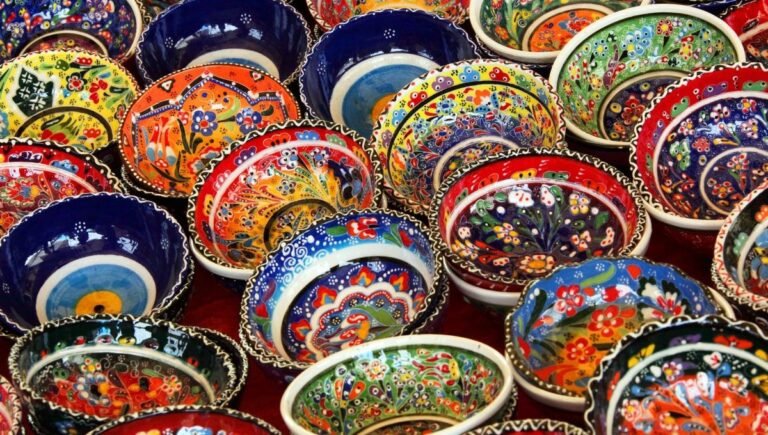
Hiding food in a napkin, under the table or on the neighbour’s plate: Children burst with creativity when, to the dismay of their parents, they bend over a plate of vegetables. But have you ever tried to change the appearance of the dishes they were served in? According to a new study, the color of a dish can have a significant impact on the taste of food.
Featured by ScienceAlert, an experiment conducted on forty-seven volunteers revealed edifying results. To begin with, the participants were divided into two groups: picky eaters and those with a varied diet. Although there is no precise definition to qualify a so-called “picky” eater, this category included people with either a restricted diet, a special requirement about how the food should be prepared, or some difficulty in accepting new foods.
During the observation, chips with salt and vinegar were placed in red, blue and white bowls. After this first test, the picky eaters reported changes in their taste sensations, whether in the perception of salt or the desirability of the snack. The snacks presented in the red bowls and in the blue bowls were perceived as more salty than in the white bowls. In addition to the saltiness, the chips served in the red bowls were found to be less desirable than those served in the white and blue bowls.
In line with previous studies, the psychologists suggest that the color of the packaging, which the participants are generally more familiar with, may have influenced their taste buds. In this case, the majority of salty snacks are sold in blue packaging in the United Kingdom. But further analysis will be needed to examine a wider range of colors as well as more nutritious foods.
Combat nutritional deficiencies
According to Lorenzo Stafford, a psychologist from the University of Portsmouth, “knowing the different effects of food on behavior can help picky eaters to consume a wider range of foods”.
Research has shown that people who are complicated with food, regardless of age, can limit themselves to only twenty foods, leading to negative consequences. Among them: nutritional deficiencies, heart disease, dental problems and poor bone health.
Changing the color of the dishes would therefore have the effect of improving the quality of life for these individuals, but also for those around them. “Refusing food or forcing ourselves to eat a food we don’t like can turn a pleasant family time into a truly anxiety-inducing situation”, explains the psychologist. So no more agonizing battles to get a single bite of spinach for your child.
Although it may seem strange at first that a bowl affects the taste of food, knowing that previous research has shown that light and music equally affect our eating behavior puts it into perspective. After all, our senses are connected. So why should taste escape the rule?